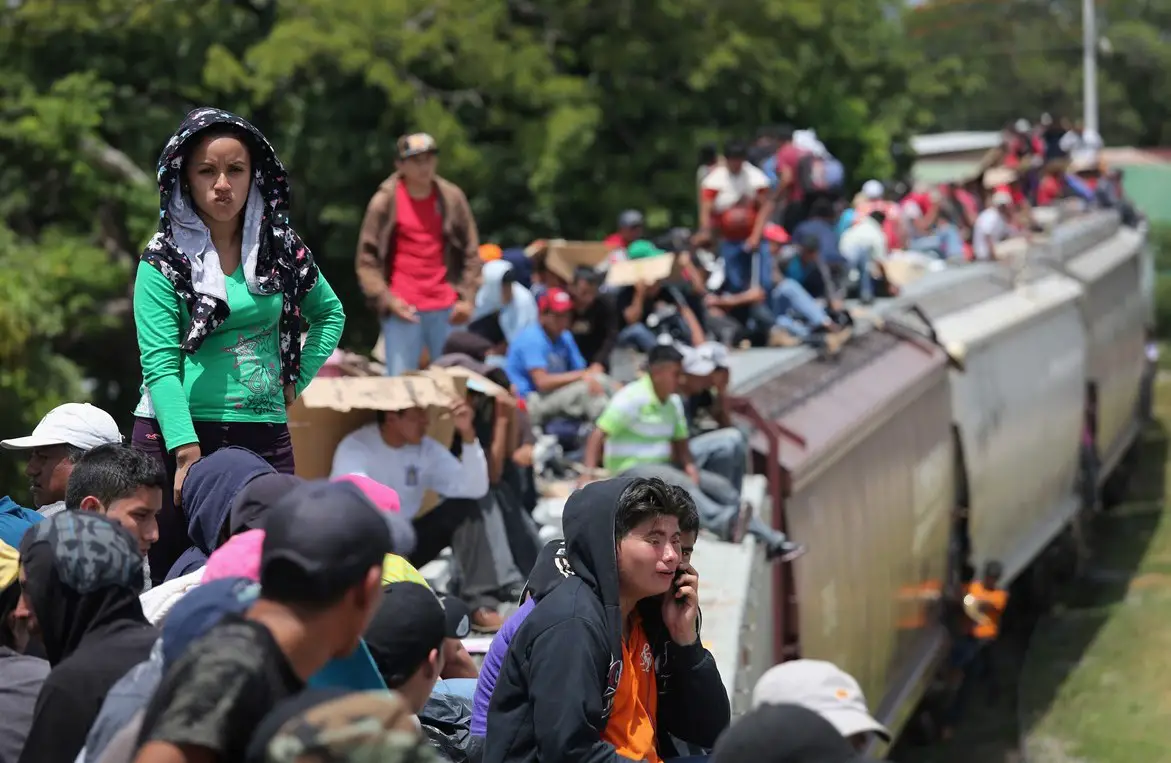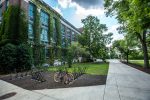The influence of Central American Studies programs and associations is slowly beginning to take shape on college campuses; California’s college campuses, in particular, have become hotspots for Central-American students to explore their culture as scholars and as activists. Having previously felt isolated from the rest of the Latino community for being Central American, these students are beginning to find one another both inside and outside lecture halls in order to build important discussions about the fate of their countries and people.
Although it might sound like an entirely different major with its own separate skills, Central American Studies is meant to be a multi-disciplinary field and is adaptable to anyone’s scholarly training. Especially if they have a background in the humanities or social sciences, students of different disciplines can combine their skills to study the culture of Central-American nations and Central-American immigrants. Therefore, a student trained in the fine arts is just as likely to find a niche within the program as much as a student more familiar with political science.
Since the 1980s, Central-American communities have appeared in major cities like Houston, Dallas, Los Angeles and Washington, D.C. Most of these communities emerged following the several deadly civil wars that were raging in countries like El Salvador and Guatemala in the 1970s and 1980s, thus compelling families to migrate to the United States. Since then, the children and grandchildren of these émigrés have noticed how, in the classroom and within their textbooks, American education largely ignores the history and culture of the countries that they came from. Not only has this norm caused for Central-American youth to not know their own history and culture, but it has also deprived other non-immigrant students from learning about the countries that lie most near them.
When teaching and researching Latinos and immigration in American classrooms, most curricula focus on covering lessons centered on Mexican Americans. Rather than acknowledging that Latin-American cultures have dozens of variations, American university programs treat Mexican and Mexican-American cultures as the only two that exist. As a result, students are misled to regard all Latino cultures as being equivalent to Mexican culture, which allows for stereotypes to flourish more among Americans. More young people of Central-American descent have begun to enroll in colleges, study in graduate school and have become researchers.
Central American Studies still remains a fairly new field of study. For decades, the subcontinent of Central America has been studied by political scientists, historians and sociologists, but much of their research has not ended up in classroom textbooks or lectures through official programs. California State University at Northridge is one of the few that has established a Bachelor of Arts program in Central American Studies. Attending CSU-Northridge and enrolling in this program allows undergraduate students, for the first time, to dedicate their studies to exploring the major questions they may have about their homelands in way other universities fall short of doing.
Despite being one of the few universities to offer this program, the faculty within CSU-Northridge’s program have been providing their students with a plethora of opportunities to learn about and contribute to the study of the region. Every year, the university’s program hosts an annual research symposium in which researchers from different corners of the globe and academic disciplines can engage in intellectual exchanges.
Featuring numerous speakers and artists, their most recent symposium, in March, titled “Imaginaries of the Future,” explored how the prospect of having a future affects the way in which Central-American youth form their identities. In addition to offering symposium and conference opportunities, the program also offers undergraduate students to publish their professional work. Through their undergraduate student journal, titled “La Ceiba,” students throughout the country interested in Central America are able share new scholarly ideas with a community of other young scholars.
Although CSU-Northridge is the first university in the country to offer students the possibility to study their Central American heritage more closely, other universities throughout the state have been helping to unite more Central-American students through student associations.
The Central American for Empowerment Organization (CAFÉ) Network has multiple chapters to build new networks for students. So far, students have already formed chapters of CAFÉ at UC Berkley, UC Irvine, UC Merced, CSU Chico, San Francisco State University and San Diego State University. In addition, UC Los Angeles as founded their own association, known as Unión Centroamericana (UNICA), with a similar mission.
Both the CAFÉ Network and UNICA work to encourage Central-American college students to build solidarity across borders, to amplify the voices of Central Americans within the larger Latino community in the U.S., and to spread awareness about Central America’s social issues. On occasion, students will gather to write letters to the Central American migrant caravan, hold demonstrations in support of immigrant rights and host lecture series about the history and culture of each of the seven Central American nations. Political engagement, building solidarity across borders, and promoting literacy about the region’s history make up the core of CAFÉ and UNICA’s organizational work. So far, the associations have produced worthwhile results. Students enter these associations finding people with similar histories and experiences as them and learn how to use their collective voice to call for change.
Both the growing Central American Studies program and Central American student organizations are allowing for students from the region to take control of their own narratives. With the horror that the story of the migrant caravan has struck in American newsfeeds, the importance of these programs and associations has never been more evident. In the news coverage of Central-American migrant caravan, the absence of Central-American voices is striking. Instead, U.S.-based organizations centered on advocating for Mexican immigration have dominated the scene, all while leaving out the activists and experts who know the most about Central America’s political crises.
Leaving out Central Americans from the nationwide discussion deprives them of the ability to give their own testimony. As individuals whose parents or grandparents had moved to the U.S. in their own lifetime, Central-American college students can provide Americans and other Latinos a better understanding of why thousands of families are choosing to walk by foot to the U.S. border. They can share their own family stories of dealing with political conflict and even the inevitable trauma that arises from dealing with war.
However, retelling stories of conflict for the sake of American audiences is not the primary objective of these students. Most importantly, however, the formation of Central American Studies programs and student organization within universities allows them to project their voices and to have the power to define themselves as a community. In an era when immigration policy compels talking heads on cable news to define Central Americans as being disease-ridden or violent criminals, the creation of these organizations allows Central-American youth in the U.S. to counter these stereotypes, which are rooted in racism, with their own narratives.
As time passes, this generation of college students will begin to cultivate for themselves a sense of pride for their cultures and traditions. In spite of the trauma that has permeated life in their home countries since the 1970s, Central-American college students in the U.S. can find a way to build solidarity and foment joy among their communities, all while earning their college diploma.
















